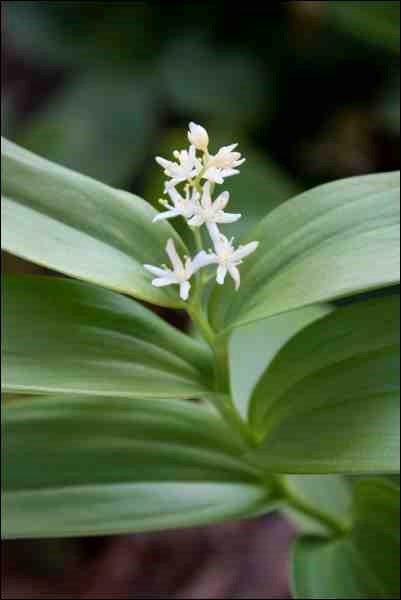Mention "ground cover" and many gardeners visibly tense up if they've had experience with the freely spreading goutweed and ribbon grass. Yes, quite literally, ground covers are plants that cover ground - often aggressively and without inhibition. But in the right location, ground covers have many and varied functions. Use them to solve landscaping problems rather than to create them.
One problem area that can be solved with groundcovers is dry shade - a north side of a building that can't be irrigated or (the worst scenario) under the shade of a spruce tree. These areas are not used as lawn, may be inaccessible, and yet may be visible and in-your-face. But the right groundcover will survive with little maintenance and provide long season interest through colour and texture.
To improve your chances of success, start by amending the planting holes with organic matter; mulch thoroughly between the plants; and water deeply through their first growing season. Once established, they should do just fine in dry shade.
Here are some prairie hardy ground covers to consider:
Windflower (Anemone sylvestris) produce pure white fragrant flowers in spring and have attractive dark blue-green foliage, palmately divided into three to five distinct lobes. They are 30 to 50 centimetres high and easily propagated by division. The double-flowering form Flore Pleno is somewhat shorter with flowers resembling a cushion mum. In spite of its dainty appearance, it is as tough as the single form.
Bergenia or pig squeak (Bergenia cordifolia) is one of the most adaptable ground covers for the prairies, equally at home in sun or shade, with or without water. It's called pig squeak because that's the sound one hears if the leaves are rubbed between one's thumb and forefinger. The large round leathery leaves, 30 to 45 centimetres in height, remain attractive throughout the growing season, turning a purple-red in the fall. Small, waxy, pink flowers are produced on short spikes in the spring. It was much appreciated by Gertrude Jekyll, the British landscape designer who helped reinvent the modern perennial border and became known as one of her signature plants.
Bunchberry (Cornus canadensis) is a dwarf dogwood native to the boreal forest where it forms an understory below trees. It produces white floral bracts followed by red berries. The evergreen foliage turns reddish in the fall and persists over winter. Only 15 centimetres tall, it's a perfect groundcover for a small space. It will perform better with moisture, but once established will persist if competition from other plants is not too great.
False Solomon's seal (Smilacina stellata) is amazingly drought tolerant if put to the test as I found when I accidently moved one to an area that is never watered. White, star-like flowers are produced in early May. Only 30 centimetres in height, the light green leaves turn golden in fall.
Siberian barren strawberry (Waldsteinia ternata) is a plant that deserves much greater availability through our garden centres and nurseries. It's tough, good looking, hardy, and adaptable to sun or shade. The common name, Siberian barren strawberry, speaks volumes: it's ruggedly hardy, barren (do not expect it to produce fruit) and its leaves resemble those of the strawberry (glossy green leaves in clusters of three). Only 10 to 15 centimetres in height, it's equally at home in sun or shade, with or without water. Small, bright yellow flowers bloom from late spring to early summer.
- Williams, inducted into the Agricultural Hall of Fame in 2014, is co-author with Hugh Skinner of Gardening Naturally, a Chemical-free Handbook for the Prairies. Her latest book, The Saskatoon Forestry Farm Park & Zoo: A photographic History will be released shortly. This column is provided courtesy of the Saskatchewan Perennial Society (www.saskperennial.ca; [email protected]). Check out our Calendar for upcoming horticulture events: garden tour on June 15, Labour & Learn opportunities throughout the summer.
Have a gardening question? Contact GardenLine, 306-966-5865 or [email protected]




